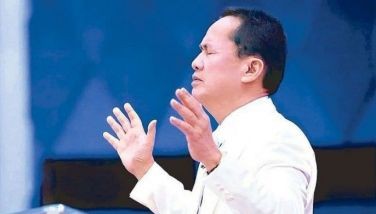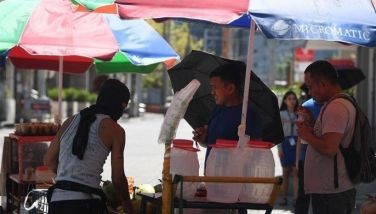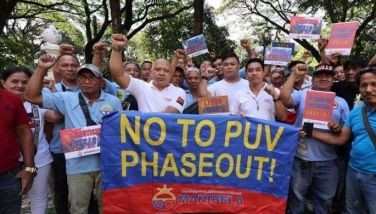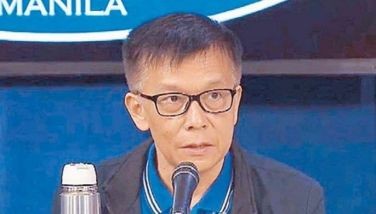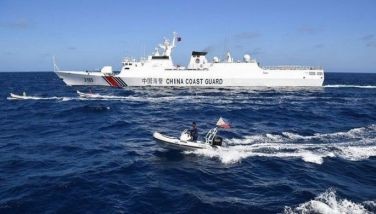Philippine satellite seen to boost food security, disaster response
TOKYO – A team of young Filipino scientists and engineers has designed and built a microsatellite, which can help the Philippines in food security, disaster response and preparedness, and guarding its territory.
Experts from Japan’s Hokkaido University and Tohoku University helped the team of Filipino scientists and engineers in designing and building the 50-kilogram microsatellite Diwata-1.
The Philippines sent a delegation to Japan for the handover of Diwata-1 to Japan Aerospace Exploration Agency. JAXA will ship and endorse Diwata-1 to the US, from where it will be launched into space and deployed into orbit in April.
The satellite images from Diwata-1 can be used to provide data on marine and agricultural resources of the country, according to Rogel Mari Sese, head of the Department of Science and Technology’s National Space Program and a member of the Philippine delegation.
For instance, big fishing companies have been using satellite images to determine areas where they should deploy their vessels to catch fish.
“That application can translate to increased productivity for our fishermen and farmers. Having an extensive kind of image, like for example sea surface temperature, you can disseminate that information to local government units. Our fishermen can be told to go to certain areas to catch more fish,” Sese told The STAR.
“They don’t have to waste fuel for their motor banca, as well as valuable man-hours, roaming around areas looking for fish where there is none.
“Using satellites is a more efficient way of capturing images. Because with one shot, you cover a much larger area. Using an airplane, you have to do countless flights using up so much gasoline,” he added.
The use of satellite images can also help increase the efficiencies in many areas.
Sese said in farming, satellite images can be used to estimate how many cavans of palay can be harvested from a parcel of land and determine the best time to harvest the crop.
“That can translate to food security because we can also assess if we need to import rice or if we already have sufficient rice production,” he said.
In times of disaster, satellite images can help in estimating the extent of damage to agriculture.
“We can assess the extent of damage, like how many hectares of farmlands were really affected, which was actually a problem for the Department of Agriculture. Because right now, their estimation is done arbitrarily, it’s not supported by data. They are really guessing,” Sese said.
“Sometimes, there is really a tendency to overestimate because they know they can get more in terms of rehabilitation funds,” he added.
- Latest
- Trending

















